The sugar cane industry in Hawaii, once a cornerstone of the state’s economy, largely before tourism, has undergone significant changes since its decline. Here’s an update on the current state of the Hawaii sugar industry and some fascinating related developments, including how the popular Aloha bars are finding life in the old sugar plantation fields.
Sugar cane industry demise and land use.
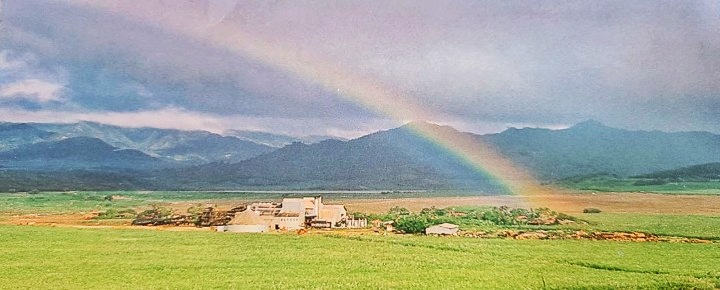

The last sugar mill in Hawaii, operated by Hawaiian Commercial & Sugar Company (HC&S) on Maui, ended operations in 2016. The closure marked the end of a long era for sugar cane production in the state. Much of the former sugar plantation land has since been repurposed for a variety of agricultural and non-agricultural uses. For example, Alexander & Baldwin, once a major player in the sugar industry, has refocused its energies toward real estate and diversified agriculture.
Hawaii sustainable agriculture efforts.
The shift away from large-scale sugar production opened some additional opportunities. Initiatives are underway to explore sustainable farming practices, including the cultivation of crops such as sweet potatoes and, new to us, pongamia trees for use as biofuels. These initiatives are part of Hawaii’s efforts to reduce dependence on imported food and energy.
Pongamia is also of interest in Florida, “where the historical decline of the citrus industry has left farmers without a crop that can grow profitably on hundreds of thousands of acres, and there needs to be a very scalable replacement very soon.” That according to the Associated Press. “Pongamia is the perfect fit.”
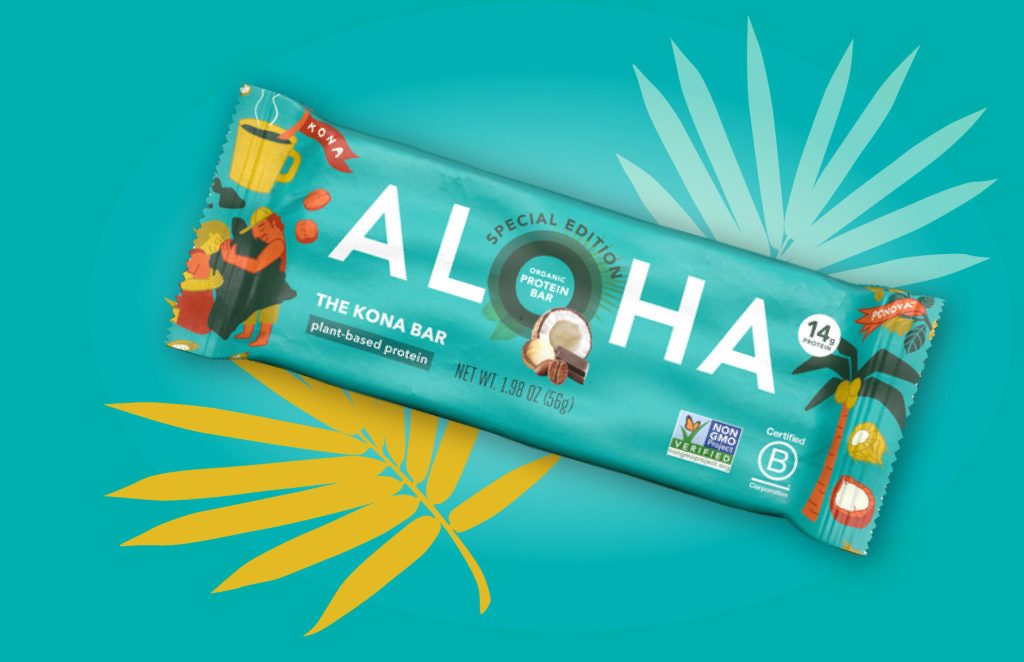

Aloha Bars find life on old Hawaii sugar fields.
A company called Terviva has planted tens of thousands of pongamia trees in Hawaii, with exponential plans ahead. The company is focused on transforming old sugar cane plantations into sustainable agricultural areas. Terviva also produces Ponova oil from the Pongamia beans, which is used in Hawaii’s Aloha Kona plant-based protein bars that are vegan and soy-free. This oil provides a sustainable alternative to traditional vegetable oils, offering nutritional benefits and supporting local economic growth as it is a Hawaii-grown product.
BOH editor Rob loves how the Aloha protein bars taste, but until now, he too hadn’t realized the connection between them and the Hawaii sugar cane of the past. Rob said they come in a variety of flavors he likes.
The Hawaii Agriculture Research Center (HARC) continues to support a variety of innovations, focusing in part on developing disease-resistant and high-yield sugarcane varieties. The 130-year-old association was originally the Hawaiian Sugar Planters’ Association and was dedicated to improving the sugar industry in Hawaii. Their efforts are part of a broader research to enhance crop resilience, sustainability, and environmental responsibility, with the potential for biofuel production and other uses.
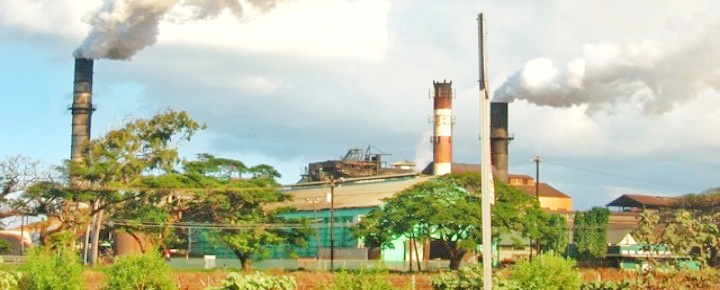

The transition from sugar cane has also led to positive environmental changes, such as restoring natural water flows that were previously diverted for sugar’s thirst for irrigation. This has allowed traditional practices like taro farming to resume, contributing to cultural preservation and community engagement.
Economic and social impacts on Hawaii.
With the decline of sugar cane, Hawaii’s economy has increasingly relied on tourism and far less on diversified agriculture. However, there are ongoing challenges related to food security, as Hawaii imports the greatest majority of its food. Efforts are being made to increase local food production and reduce reliance on imports.
Former sugar plantation land is being transformed into other uses, including agricultural parks and small-scale farms, fostering more local food production and community involvement.
Future prospects post-sugar cane.
Hawaii’s agricultural landscape is evolving, focusing on sustainability and diversification. Despite challenges related to land availability and water rights, the state aims to double local agricultural production by 2030.
Will Hawaii be able to achieve its goals of food independence?
Get Breaking Hawaii Travel News

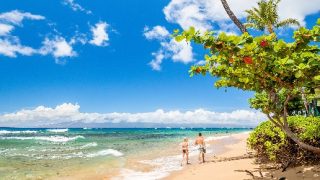
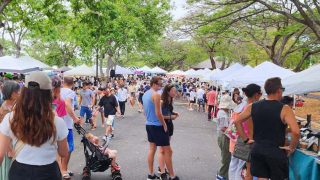


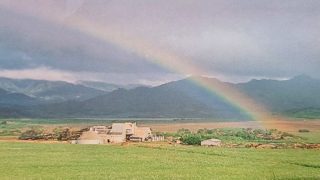
The sugar cane industry provided “affordable housing ” for its workers. Current big business and their workers lobby government to take hundreds of millions of tax payers dollars to try to provide what the sugar industry provided. The government of course has failed and will continue to fail to provide affordable housing without huge subsidies.
My career in the Maui sugar industry spanned 50 years, from 1967 to 2017. Central Maui was a dust bowl before the native Hawaiians agreed to work with Samuel Alexander and Henry Baldwin, two local boys who thought that East Maui’s excess water could be moved to central Maui’s dustbowl and grow crops !
The native Hawaiians participated in the development of the Hamakua Ditch/canal, the Kauikoa Ditch/canal, the Haiku Ditch/canal, and the Lowrie Ditch/ canal, which turned the Central Valley into a green productive biofuel powered operation !!
Sugar cane was an excellent choice as the sugar could easily be stored until a cargo ship could haul it to the West Coast market.
The bagasse, or pulp, left over after removing the sugar, was burned in boilers to produce steam power to operate the sugar mill, and to produce electricity to operate wells, irrigation systems, and other operations essential to a successful sugar farm operation!
Much excess biofuel produced electricity was supplied to Maui Electric Company.
Those wildfires in Hawaii recently were where we should have been growing biofuels !!
Solar panels and biofuel electric generators are really the answer for Hawaii and the future !!
And we will control wildfires !!
It’s great that there are responsible parties thinking of sustainability in agriculture. How about thoughts on aquaculture? For thousands of years, China has performed that to help feed the population. With all of the access to the ocean, it would be possible to cultivate oysters, fish, and any other seafood that is marketable to the islands. Tourists flock to the Tsukiji market in Japan to see how tuna is bought and sold, not to mention purchasing fresh seafood. Each island can have its own market, depending upon how big the market is. Wasn’t Lahaina an old fishing port? Would it be so terrible to rebuild it as both a tour operator and aquaculture/fishing port again? Just the concept would offer job opportunities to many people. Would wages be low? I’m not sure, but it would be a start to give employment and open up companies that may offer logistics in shipping seafood (maybe even the biofuel) to other areas/countries.
As an added note, Hawaii’s sugar cane varieties were so resistant to insects and disease that no chemical spraying was required!
Yes, a harmless ripener was sometimes used to inspire the crop to make extra sugar just before harvest. I’ve never seen another crop that fits into the Hawaiian conditions as well as sugar cane and pineapple does!
We were very foolish to let those crops be exiled to foreigners!
I sure wish that I could come up with workable ways for Hawaii to have businesses other than tourism. I’ve been working on that idea, but present day politics get in the way !!
I very much enjoyed the article. I too remember the old sugar industry in Hawaii. It’s gone and over the years I’ve seen a good many ideas. Just maybe something good will happen.
Hi Roy.
Thanks. Good to hear from you again!
Aloha.
Keep in mind the brilliant idea of eucalyptus trees on the Hamakua coast to replace the sugar cane. They are thinking there might finally be a use for them. Non native trees and plants can have a double edged sword.